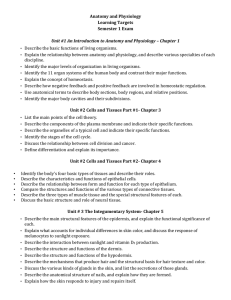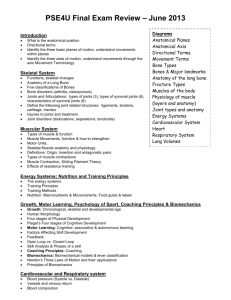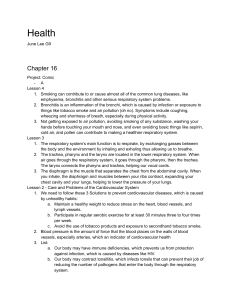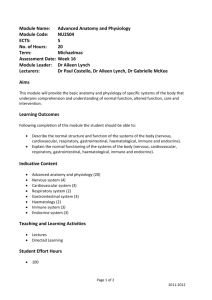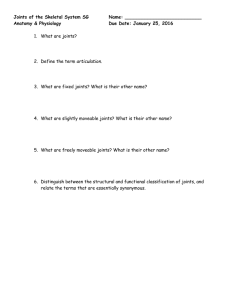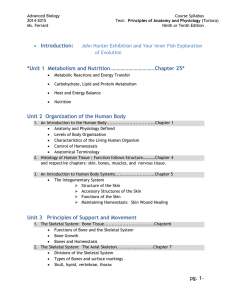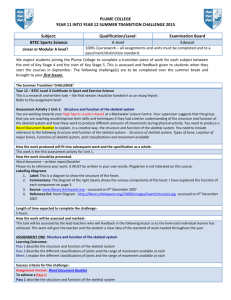Y11 BTEC
advertisement
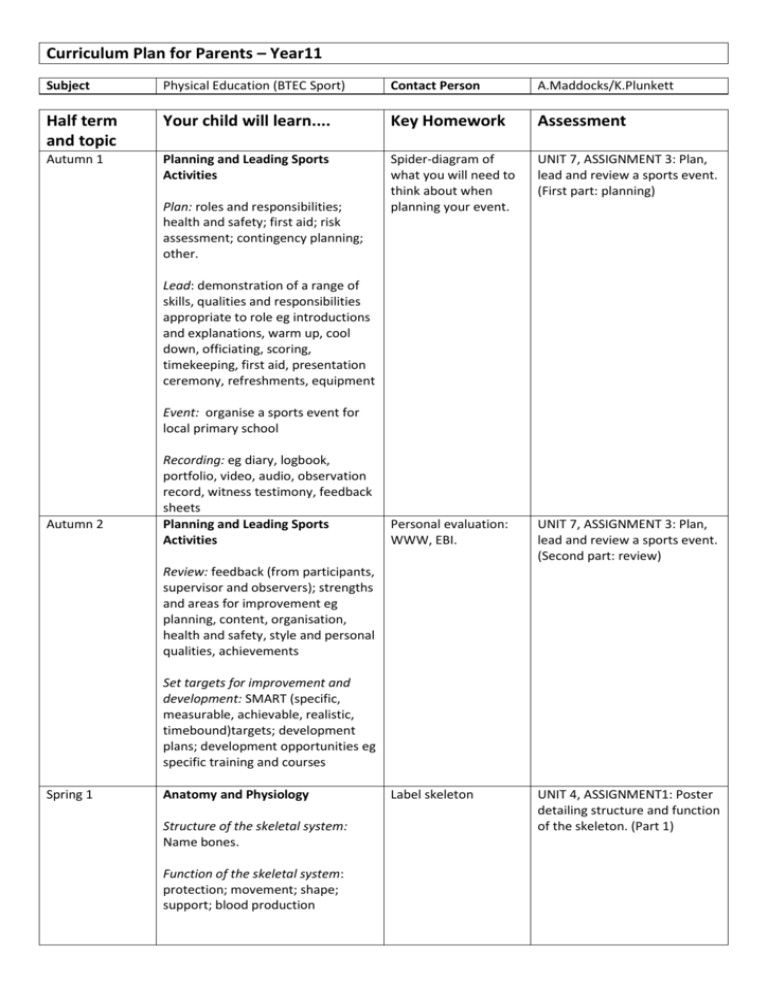
Curriculum Plan for Parents – Year11 Subject Physical Education (BTEC Sport) Contact Person A.Maddocks/K.Plunkett Half term and topic Your child will learn.... Key Homework Assessment Autumn 1 Planning and Leading Sports Activities Spider-diagram of what you will need to think about when planning your event. UNIT 7, ASSIGNMENT 3: Plan, lead and review a sports event. (First part: planning) Personal evaluation: WWW, EBI. UNIT 7, ASSIGNMENT 3: Plan, lead and review a sports event. (Second part: review) Label skeleton UNIT 4, ASSIGNMENT1: Poster detailing structure and function of the skeleton. (Part 1) Plan: roles and responsibilities; health and safety; first aid; risk assessment; contingency planning; other. Lead: demonstration of a range of skills, qualities and responsibilities appropriate to role eg introductions and explanations, warm up, cool down, officiating, scoring, timekeeping, first aid, presentation ceremony, refreshments, equipment Event: organise a sports event for local primary school Autumn 2 Recording: eg diary, logbook, portfolio, video, audio, observation record, witness testimony, feedback sheets Planning and Leading Sports Activities Review: feedback (from participants, supervisor and observers); strengths and areas for improvement eg planning, content, organisation, health and safety, style and personal qualities, achievements Set targets for improvement and development: SMART (specific, measurable, achievable, realistic, timebound)targets; development plans; development opportunities eg specific training and courses Spring 1 Anatomy and Physiology Structure of the skeletal system: Name bones. Function of the skeletal system: protection; movement; shape; support; blood production Joints: classifications (fixed, slightly moveable, freely moveable/synovial joints); joint structure; synovial joints range of movement Movement: flexion; extension; adduction; abduction; rotation; circumduction; examples from relevant sporting movements eg the shoulder and elbow joints during an overarm tennis service Major muscles: Name muscles Types of muscles: voluntary (skeletal); involuntary (smooth); heart (cardiac); structure; function Poster to be completed over xmas holidays: structure and function muscular system. UNTI 4, ASSIGNMENT 1: Structure and function of the muscular system. (Part 2). Muscle movements: antagonistic pairs; types of contraction (concentric, eccentric, isometric) Spring 2 Summer 1 Anatomy and Physiology Structure of the cardiovascular system: atria; ventricles; septum; tricuspid valve; bicuspid valve; semilunar valves; main blood vessels leading into and out of the heart (aorta, pulmonary vein, pulmonary artery and vena cavae); blood vessels (structure and function); arteries; arterioles; capillaries; veins and venuoles Label heart diagram Function of the cardiovascular system: blood flow through the heart and to the body and lungs; taking up oxygen and ‘unloading’ carbon dioxide; thermoregulation (vasodilation and vasoconstriction of vessels) Journey of a red blood cell Anatomy and Physiology Structure of the respiratory system: epiglottis; trachea; bronchus; bronchioles; alveoli; diaphragm; intercostal muscles Function of the respiratory system: mechanics of breathing (inspiration and expiration); gaseous exchange (alveoli, diffusion of oxygen into the blood, carbon dioxide out of the blood and into the lungs) Label respiratory diagram UNIT 4, ASSIGNMENT 2: Structure and function of cardiovascular system (Part 1) UNIT 4, ASSIGNMENT 2: Structure and function of respiratory system (Part 2).
